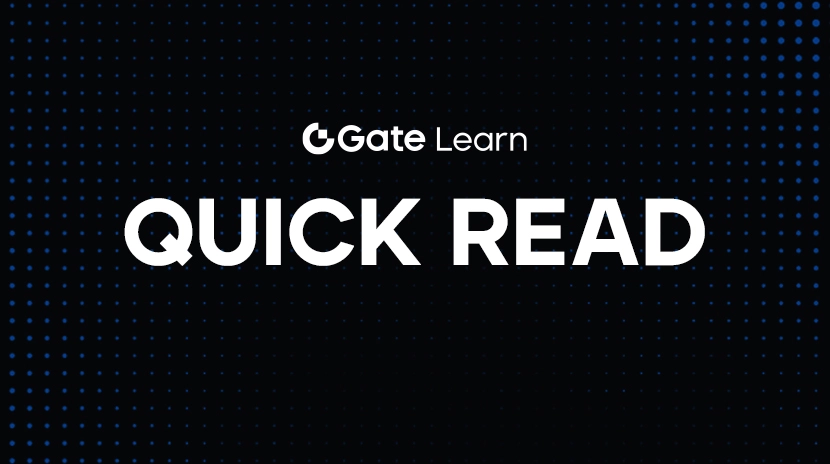Глибинний аналіз Solscan: ключова платформа аналізу даних у екосистемі Solana
1. Фон проекту Solscan
Solscan - це платформа аналізу та візуалізації даних, спеціально розроблена для блокчейну Solana. Її основна позиція - це дослідник блокчейну, який може в реальному часі відображати деталі транзакцій, зміни балансу рахунків, розгортання контрактів, взаємодії з NFT та DeFi протоколами на блокчейні Solana. Як важлива частина екосистеми Solana, Solscan прагне допомогти користувачам краще зрозуміти та використовувати цей високопродуктивний громадський ланцюг, надаючи учасникам проектів, розробникам та звичайним інвесторам багаті аналітичні та запитувальні інструменти.
Solana - це високошвидкісний та недорогий публічний ланцюжок, запущений на початку 2020 року. Він привернув увагу своєї унікальної комбінації механізмів дохідності Proof of History (PoH) та Proof of Stake (PoS). Solana прагне досягти надзвичайно високої пропускної здатності транзакцій (TPS) та дуже низьких комісій за транзакції, зберігаючи децентралізацію. Використовуючи ефективну продуктивність мережі Solana, Solscan захоплює величезні обсяги блоків та транзакційних даних в реальному часі, надаючи користувачам широкі можливості аналізу on-chain.
Між 2019 та 2020 роками команда Solana завершила початкову мережеву конструкцію. Незабаром після запуску основної мережі в березні 2020 року в екосистемі почали з'являтися різні інструменти та платформи. Solscan набув форми приблизно у вересні 2020 року та постійно розширював свої функціональні можливості протягом подальшого ітераційного процесу, таких як модуль запиту інформації про ринок NFT, панель стейкінгу та інтерактивна візуалізація смарт-контрактів. Сьогодні Solscan став вподобаним браузером та аналітичним інструментом Solana для багатьох користувачів, накопичивши добру репутацію в спільноті.

Джерело:Офіційний веб-сайт Solscan
2. Основні функції та технічні принципи Solscan
Щоб зрозуміти переваги Solscan, спочатку потрібно зрозуміти технологію та функціональні модулі, які стоять за цим.
Solscan базується переважно на наступних аспектах:
- Дані про блоки та транзакції в реальному часі: Solscan може відстежувати останні записи блоків та детальну інформацію для кожного блоку, включаючи висоту блоку, час блоку, інформацію про слот і т. д. У той же час користувачі можуть отримувати деталі щодо входу та виходу кожної транзакції, витрату газу (мережеві комісійні в Solana) тощо.
- Баланс рахунку та інформація про токени: За допомогою Solscan користувачі можуть запитати кількість монет SOL, які утримує вказаний рахунок на Solana, а також типи та кількості інших токенів SPL, і безпосередньо переглядати взаємодію між рахунком та контрактами.
- NFT Зона: Solscan надає ексклюзивну сторінку аналізу для NFT, де ви можете переглядати дані ланцюжка, кількість власників, записи транзакцій, тенденції цін тощо. Ідентифікуючи та позначаючи активи NFT на рівні контракту, Solscan надає інтуїтивний запит для торговців та колекціонерів NFT.
- Дані протоколу DeFi: Для користувачів DeFi Solscan також може відображати обсяг транзакцій, загальну вартість заблоковану (TVL) та записи викликів умовних контрактів основних децентралізованих протоколів (таких як децентралізоване кредитування, майнінг ліквідності тощо).
- Візуалізація інформації про стейкінг: Мережа Solana заохочує вузли брати участь у стейкінгу для забезпечення безпеки мережі. Інформаційна панель стейкінгу, надана Solscan, дозволяє користувачам переглядати загальну суму стейкінгу, розподіл вузлів стейкінгу, поточний рівень виходу та статус вузла (чи він нормально виробляє блоки, затриманий або в боргу).
- Стек технологій браузера блокчейну: Solscan реалізує отримання та розбір блоків та транзакцій в реальному часі шляхом виклику вузлів RPC Solana та методу підключення WebSocket. Наступно, індексація та архівування виконуються в базі даних ззаду. Фронтенд використовує візуальні компоненти для інтуїтивного представлення складних даних on-chain користувачам.

Джерело:Приклад панелі аналітики Solscan
З цими основними функціями Solscan забезпечує зручні інструменти для запитів та аналізу для індивідуальних інвесторів з одного боку, та глибоку он-чейн посилання для розробників та дослідників з іншого боку.
3. Історична динаміка цін та останні прогнози монети SOL
Хоча сам Solscan не є токеном, екосистема Solana, в якій він знаходиться, нерозривно пов'язана з монетою SOL. Оскільки багато читачів зацікавлені у монеті SOL, нижче коротко оглянемо історичну цінову динаміку монети SOL і звернемося до моделі прогнозування цін на штучний інтелект для перспектив.
Історична ціна монети 3.1 SOL
- Початковий етап (2020/05~2020/09): Монета SOL мала низьку ціну навколо 2020/05, найнижча ціна становила близько $0.50. Тоді мережа Solana ще не була повністю запущена, було обмежено уваги ринку та відносно низька ліквідність для SOL.
- Швидкий зріст (початок 2021 року - 2021/11): З появою лихоманки DeFi та NFT екосистема Solana почала поступово набирати оберти, що спричинило значне зростання ціни монети SOL, яка досягла піку майже $260 у 2021/11.
- Коригування та волатильність (2022/01-2023/12): Незважаючи на кілька факторів, таких як загальна корекція ринку криптовалют та макроекономічні зміни, ціна на монету SOL відчула значні коливання як у 2022, так і в 2023 році, декілька разів коливаючись між $8 та $150.

Джерело:Зона торгівлі заразами Gate.com
Короткостроковий прогноз ціни на 3,2 монети SOL
Згідно з результатами прогнозу AI моделі (лише для посилання, не як інвестиційні поради):
- Прогнозована ціна на 2026/12: З урахуванням помірних консервативних припущень, монета SOL може коливатися в межах від $180 до $220.
- 2027/01 Прогнозована ціна: Якщо екосистема мережі продовжить розширюватися, прогнозована ціна може перевірити до приблизно $250.
Вищезазначені прогнози є лише посиланням на майбутні ціни і не мають жодної впевненості. Криптовалютний ринок впливає на кілька факторів (включаючи макроекономічні, регуляторні політики, екологічний розвиток тощо), інвесторам слід приймати рішення на підставі власних ризикових уподобань і більш детальної інформації.
4. Сценарії застосування та навчальні посібники з використання Solscan
Solscan, як широко використовуваний дослідник блокчейну та аналітична платформа в екосистемі Solana, має широкий спектр застосувань. Нижче детально описано його основні використання та надано оперативне керівництво, поєднане з типовими групами користувачів.
4.1 Звичайні інвестори
- Перегляд рахунку та транзакцій: звичайним користувачам, які хочуть швидко перевірити баланс свого рахунку SOL Coin, статус токенів SPL та останню історію транзакцій, просто потрібно ввести адресу свого гаманця або хеш транзакції у поле пошуку на домашній сторінці Solscan, щоб перейти на детальну сторінку.
- Перевірте комісії за транзакцію: Після переказу ви можете перевірити фактичне списання через браузер, щоб визначити, чи відповідає витрата газу цій транзакції очікуванням.
- Відстеження активів NFT: Для осіб, у яких є NFT у їх особистих гаманцях, також можна переглянути деталі, такі як інформація про серію NFT та ринки лістингу на відповідній сторінці.
4.2 Розробники
- Налагодження розумного контракту: Solscan буде реєструвати інформацію про взаємодію з контрактом, яку можуть використовувати розробники при розгортанні розумних контрактів на Solana для відстеження деталей виклику контракту, вхідних параметрів, результатів виконання та виведення журналу тощо.
- Порівняння між тестовою та основною мережею: Деякі команди будуть відлагоджувати контракти на тестовій мережі Solana, а після того, як основна мережа буде офіційно запущена, можна використовувати Solscan для порівняння та аналізу даних транзакцій між двома середовищами.
4.3 Науково-дослідні установи та аналітики даних
- Збір даних на ланцюжку та аналіз індексів: Solscan надає функцію агрегаційного аналізу й підтримує пакетне отримання конкретних даних на рівні API. Дослідники можуть використовувати це для макрорівневого статистичного моделювання, такого як зростання користувачів, кількість транзакцій, середні вартості транзакцій тощо.
- Перевірте стан мережі: Інститути досліджень блокчейну часто потребують оцінити мережеві вузли, статус розподілу, криві TPS, відсоток участі у стейкінгу тощо, а надані дані Solscan можуть відігравати підтримуючу роль у цьому відношенні.
4.4 Приклад навчального посібника
- Відвідайте офіційний веб-сайт: ВідкритиSolscan.io, ви можете побачити поле пошуку на головному інтерфейсі.
- Введіть інформацію для запиту: вставте хеш транзакції (Tx Hash), адресу гаманця або адресу контракту в поле пошуку.
- Результати перегляду: Після натискання «Пошук» система поверне висоту блоку, відмітку часу, вхідні та вихідні транзакції, інформацію, пов'язану з NFT та інше. Якщо це є адресою облікового запису, ви також можете переглянути пов'язані баланси токенів, історію транзакцій тощо.
- Перемикач функціональних модулів: у верхній частині сторінки надаються стовпці, такі як «Аналітика», «NFT», «DeFi», «Блоки», «Рахунки» та інші, які користувачі можуть перемикати за потребою.

Джерело:Приклад навчання
Огляд
Solscan, як браузер блокчейну та платформа аналізу даних, спрямована на громадський ланцюг Solana, стала важливим джерелом даних для мільйонів користувачів. Від інформації про блоки та транзакції в реальному часі до протоколів DeFi та відстеження активів NFT, а також візуалізація даних Staking та моніторинг вузлів, Solscan глибоко цінується звичайними користувачами, розробниками та професійними установами через свої багаті можливості та зручний досвід користувача.
Підсумовуючи його розвиток, можна виявити, що успіх Solscan тісно пов'язаний із швидким зростанням мережі Solana. Сьогодні, стикаючись з щоденними навантаженнями понад 379 мільярдів транзакцій та високим TPS від 4000 до 5000, Solscan успішно перетворює складні дані on-chain у інтуїтивно зрозумілі та чіткі графіки та аналітичні звіти. Щодо дотримання й технологічних інновацій, Solscan також постійно досліджує нові моделі співпраці та обслуговування, щоб задовольнити різноманітні ринкові вимоги. З ростом екосистеми Solana, очікується, що Solscan подальше розширення у сферах міжланцюжкових запитів, аналізу ризиків штучного інтелекту та інституціоналізованих послуг з обробки даних, сприяючи прозорості та зрілості всієї галузі.
Пов’язані статті
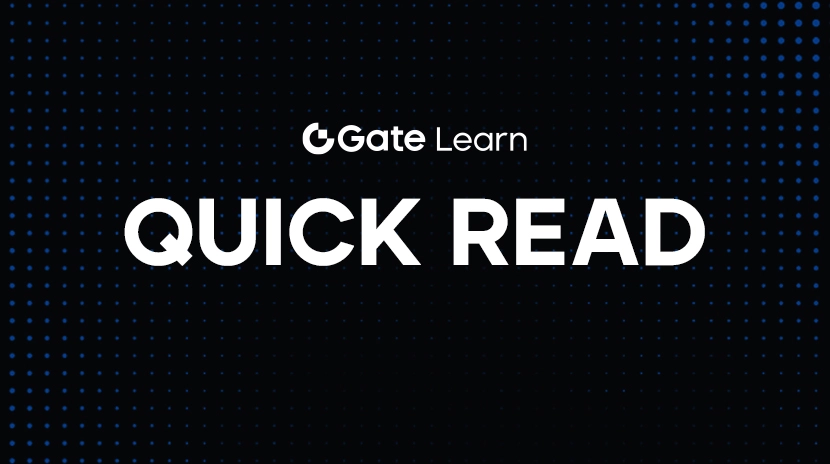
Як високо може піднятися XRP? Як політика криптовалют Трампа вплине на майбутній тренд XRP
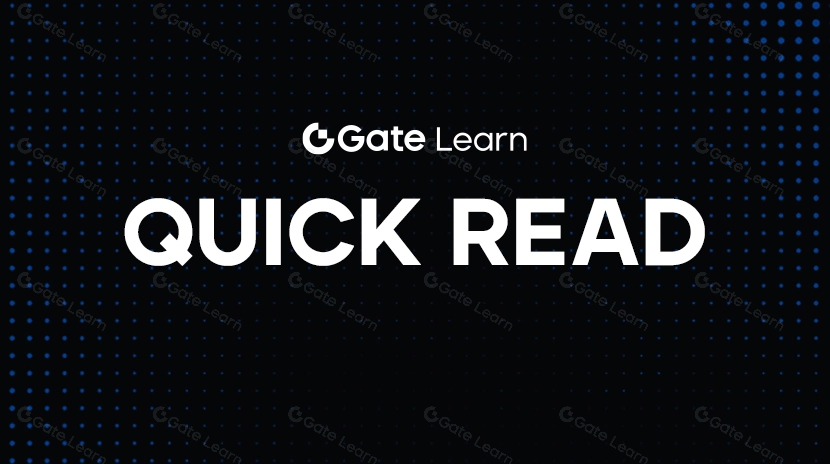
Як продати монету Pi: Посібник для початківців
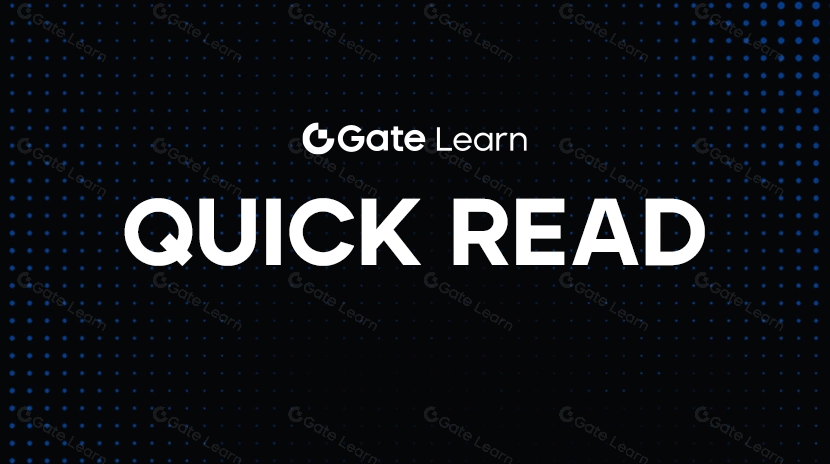
Прогноз ціни Bitcoin на 2025 рік
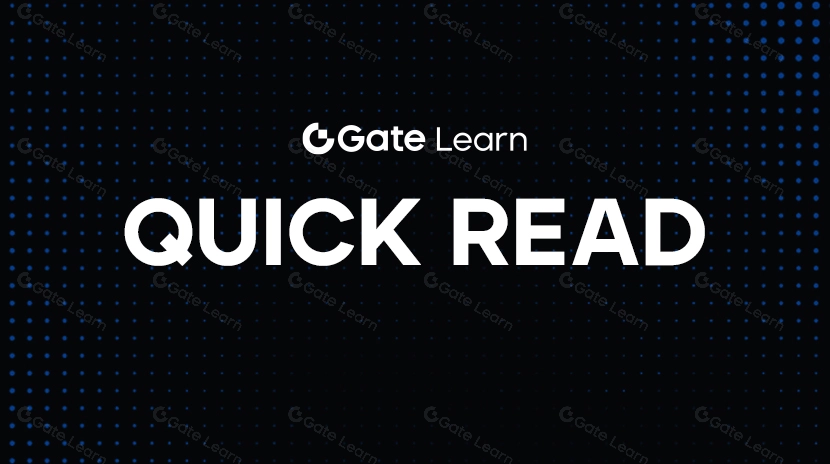
Аналізуючи взлом Bybit за допомогою нападу Radiant Multi-Signature на прикладі
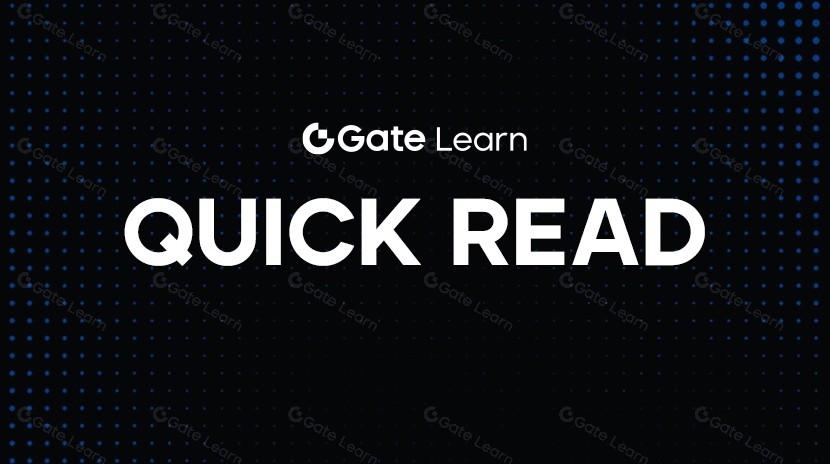
Які наступні покоління криптовалюти варто купити? Посібник на 2025 рік
